MRO Distribution encompasses the procurement, warehousing, and delivery of spare parts, tools, and supplies necessary.
Based just five miles from Doncaster, Howcroft Group Ltd operates 24/7, providing essential MRO (maintenance, repair & overhaul) supplies with next-day delivery across Yorkshire and the entire UK.
Howcroft: Your Fourth Emergency Service
Rapid Response:
Reliability:
Expertise:
Problem-Solving:
Minimising Downtime:

Packaging and Materials Handling
Beyond Standard Packaging:

Stretch Wrap Dispensers:
Manual and automated dispensers for efficient pallet wrapping.
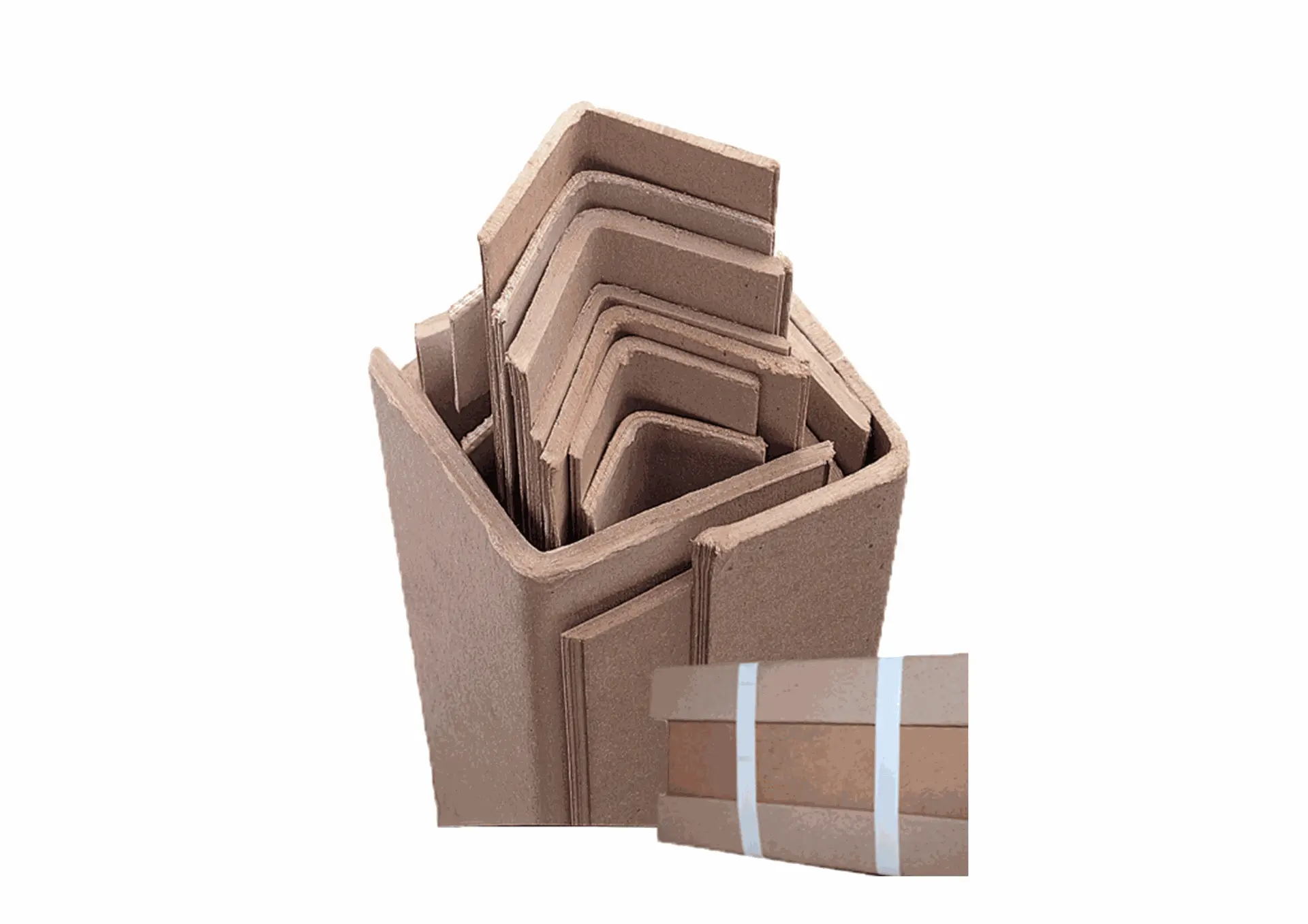
Edge Protectors:
Cardboard or plastic protectors to prevent damage to pallet edges during transit.

Void Fill:
Inflatable air pillows, loose-fill peanuts, and paper dunnage to secure items within boxes.
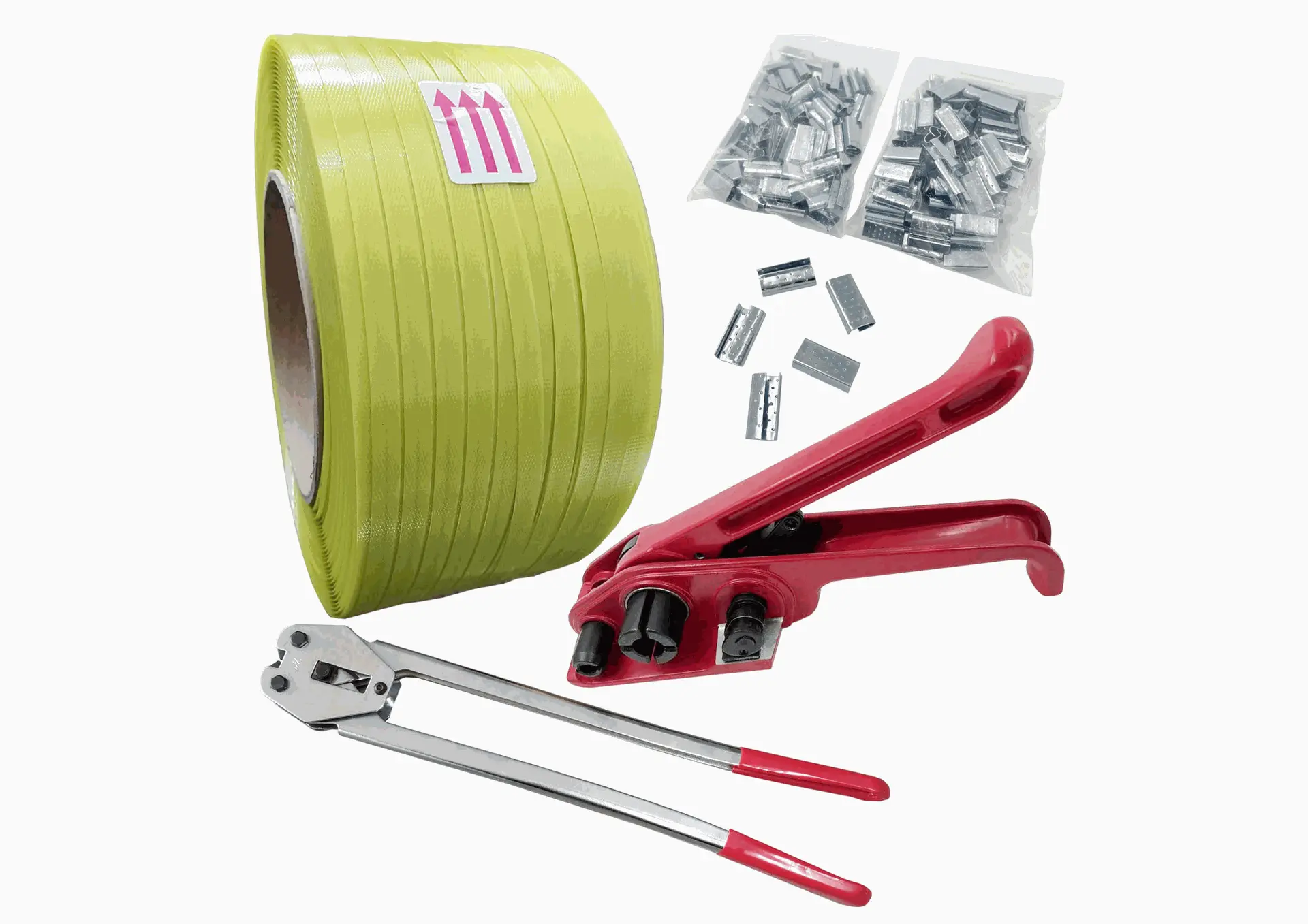
Strapping and Banding
Steel and polypropylene strapping, along with manual and power strapping tools.

Labels and Labeling Systems:
Thermal transfer labels, direct thermal labels, label printers, and applicators for efficient product identification and tracking.
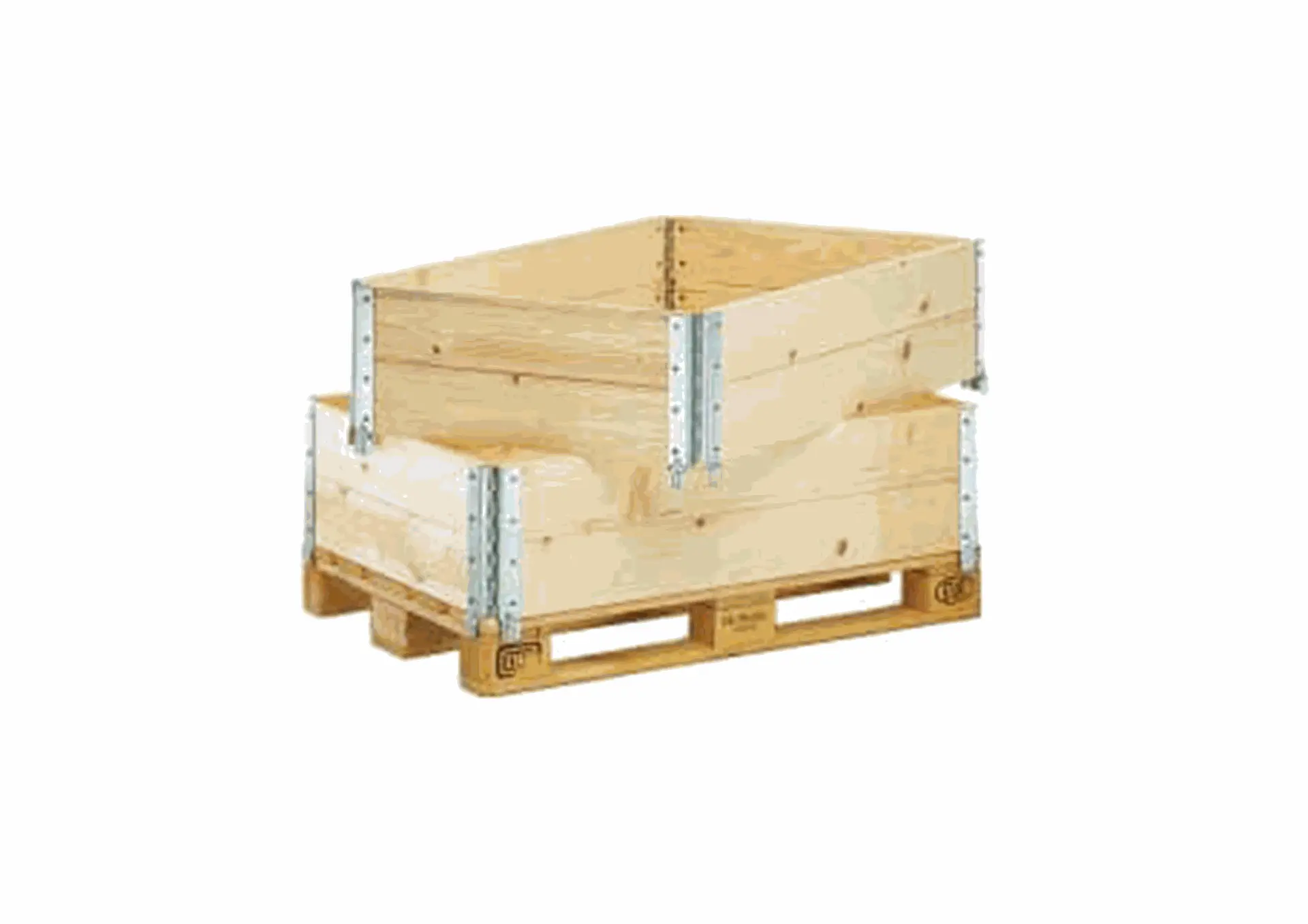
Pallet Collars:
Wooden or plastic collars to create secure stacking units on pallets.
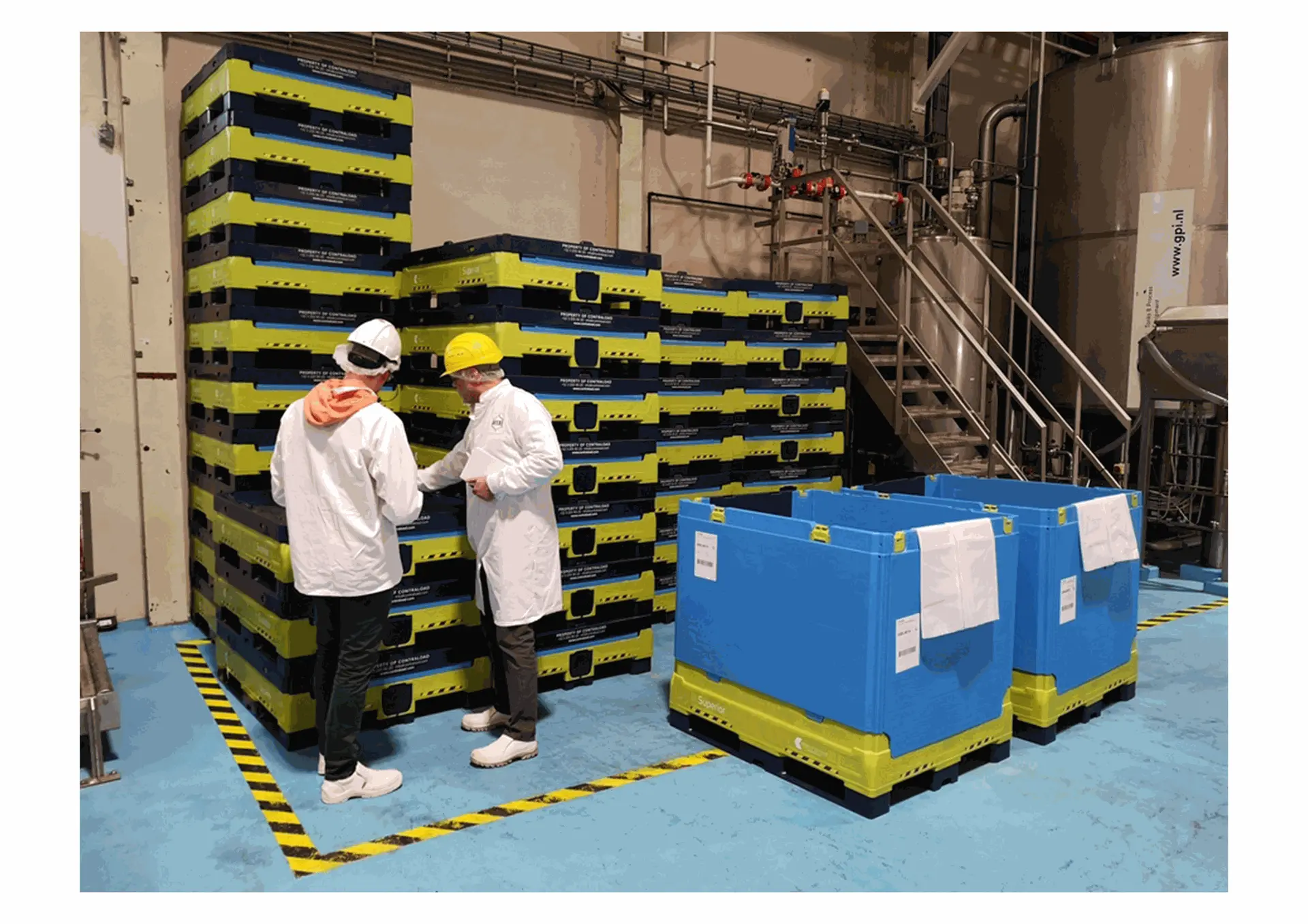
Reusable Packaging:
Plastic totes, containers, and pallets for sustainable material
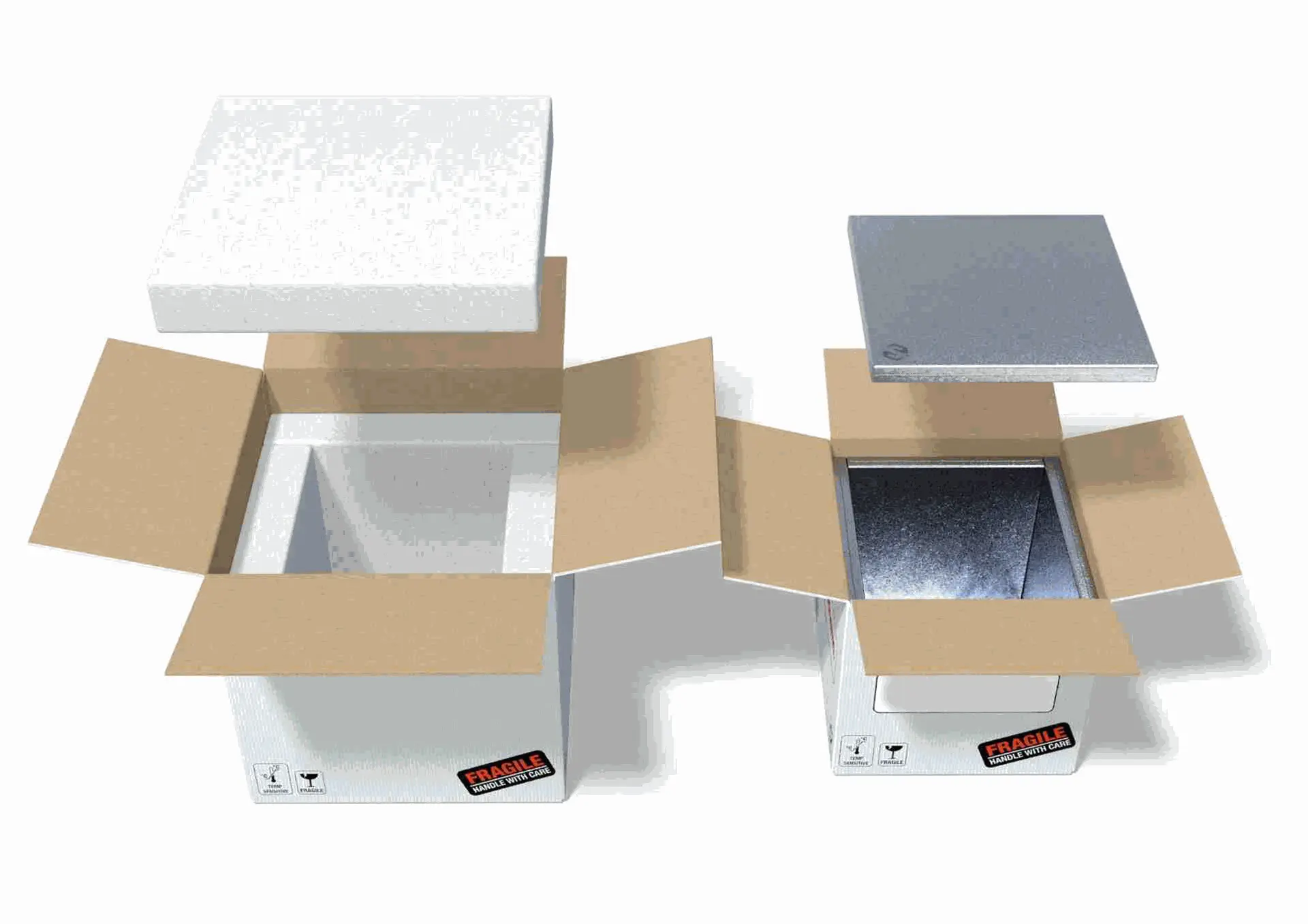
Temperature-Controlled Packaging:
Insulated boxes and gel packs for temperature-sensitive goods.

Anti-Static Packaging (ESD):
Bags, boxes, and foam for protecting electronic components.

Hazardous Materials Packaging:
UN-certified containers and labeling for the safe transport of dangerous goods.
Safety Gear , Workwear & Personal Protective Equipment
Beyond Standard PPE

Fall Protection:
Harnesses, lanyards, and anchor points for working at height in racking systems.
Warehouse-Specific Safety

Hi-Vis Workwear with Reflective Tape:
Specifically designed for low-light warehouse environments and forklift traffic.

Impact Protection Gloves:
For handling heavy or awkward items.

Knee Pads:
For tasks involving kneeling or working at low levels.
Maintenance, Repair, and Operations (MRO)
Bearings and Power Transmission:
Fasteners and Fixings:
Lubricants and Greases:
Tools and Equipment:

Lifting Equipment:
Hoists, slings, shackles.
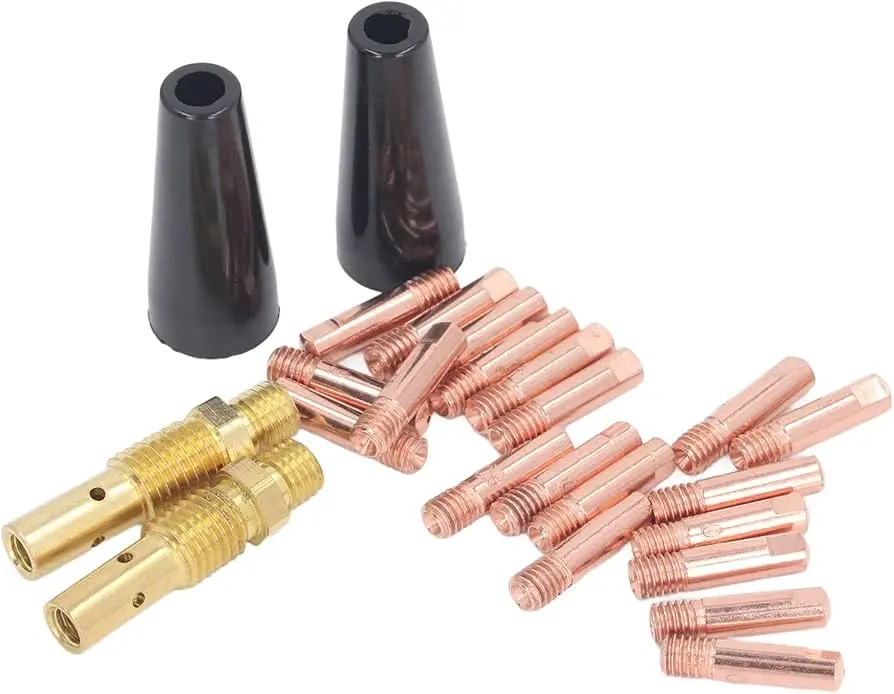
Welding Supplies:
Electrodes, wire, shielding gas.

Cleaning and Maintenance Supplies:
Degreasers, lubricants, wipes.
Electrical Components:
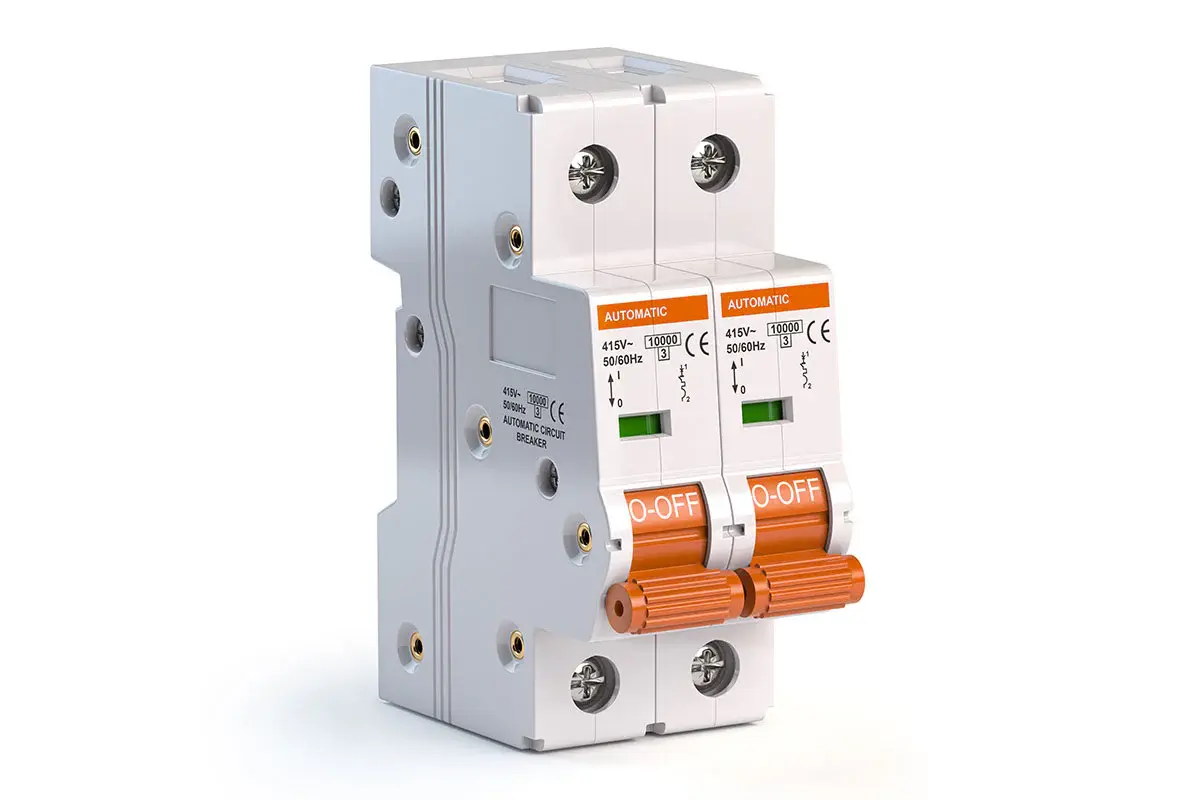
Fuses and Circuit Breakers:
For electrical safety.

Switches and Relays:
For controlling electrical circuits.
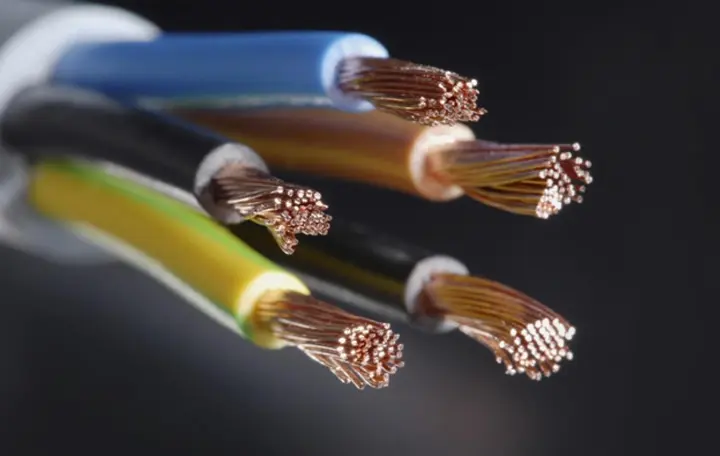
Cables and Wiring:
For power and signal transmission.

Connectors and Terminals:
For making electrical connections.
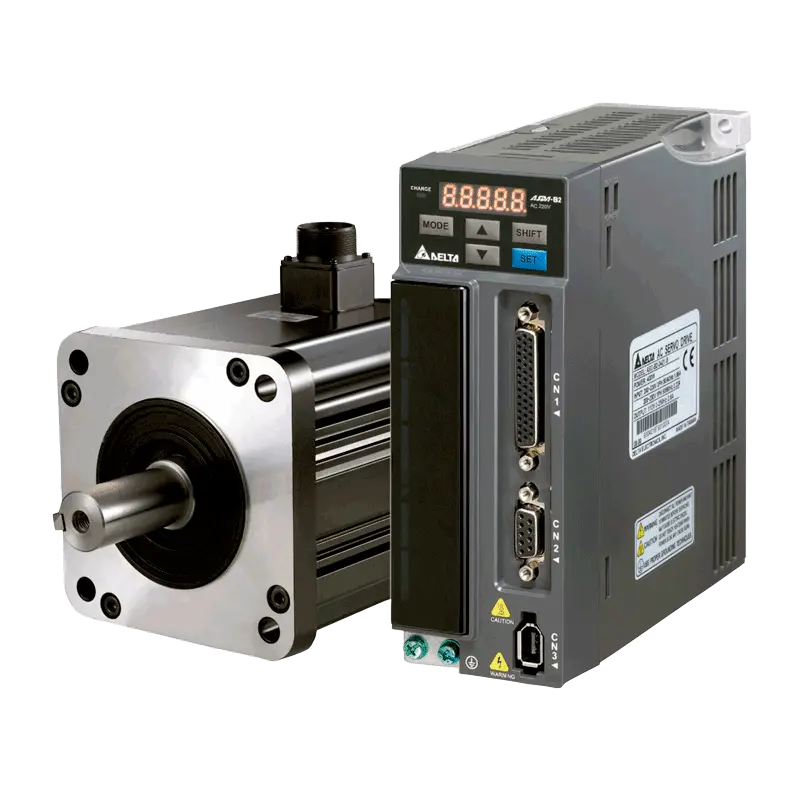
Motors and Drives:
AC and DC motors, variable frequency drives (VFDs).
Pneumatics and Hydraulics:
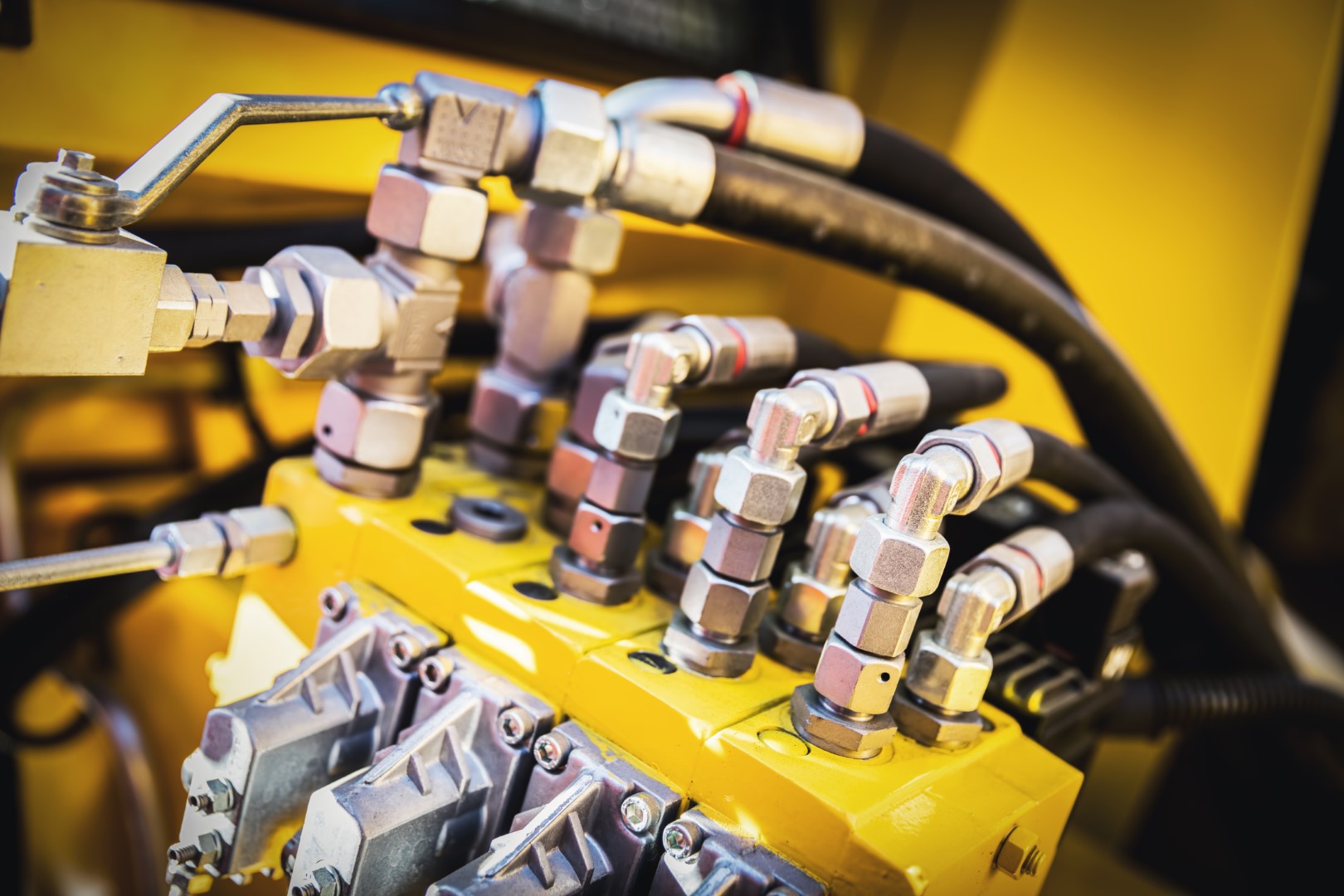
Cylinders and Actuators:
For linear and rotary motion.
Valves:
For controlling air and fluid flow.
Fittings and Hoses:
For connecting pneumatic and hydraulic components.
Compressors and Pumps:
For generating compressed air and hydraulic pressure.
Automation and Robotics:


Industrial Robots:
Articulated robots, SCARA robots, delta robots for tasks like palletizing, picking, and packing.
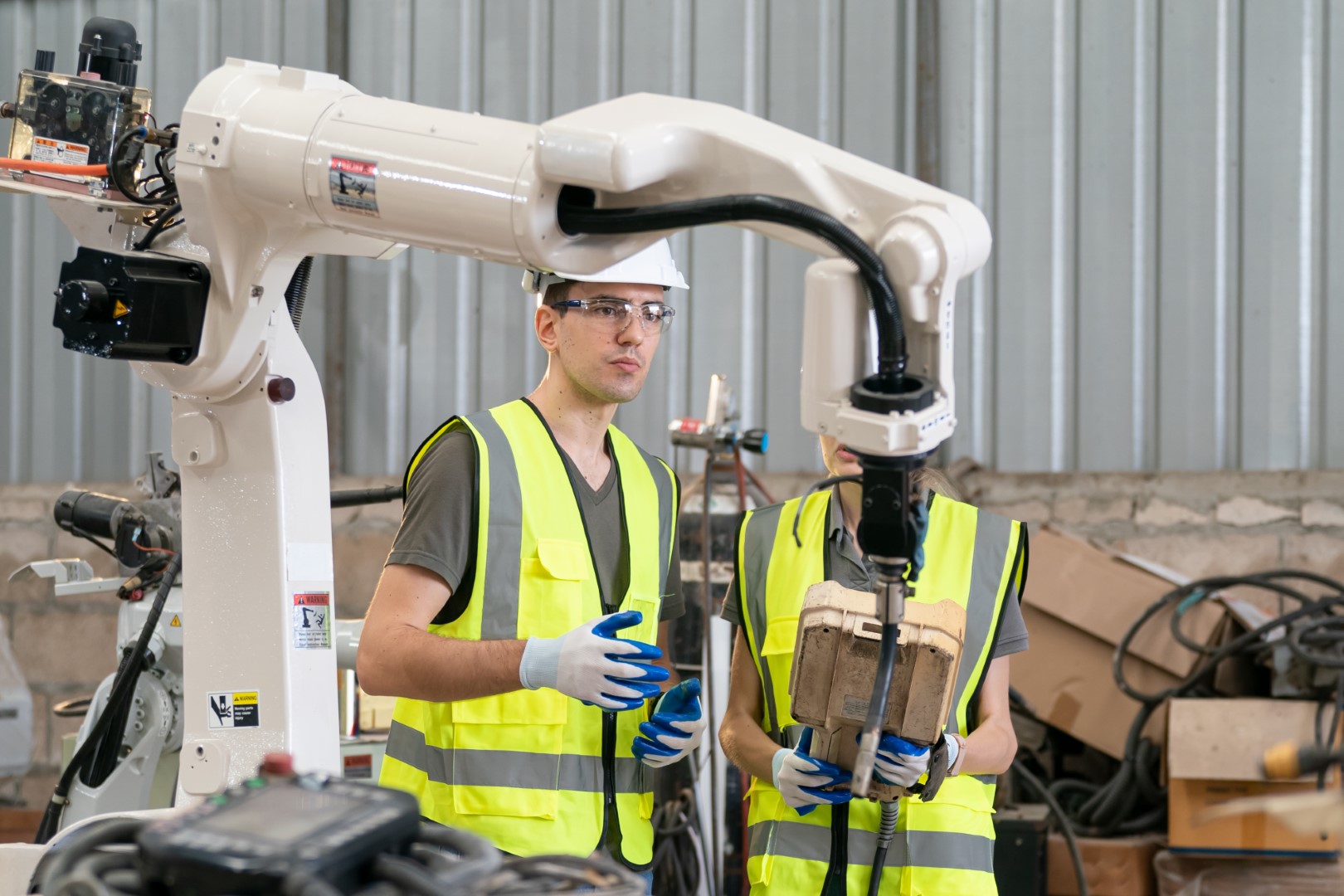
Collaborative Robots (Cobots):
Designed to work alongside humans safely.

Automated Guided Vehicles (AGVs) and Autonomous Mobile Robots (AMRs):
For material transport within the warehouse.

Sensors and Vision Systems:
For object detection, quality control, and navigation.

Controllers and Software:
For programming and managing automation systems.
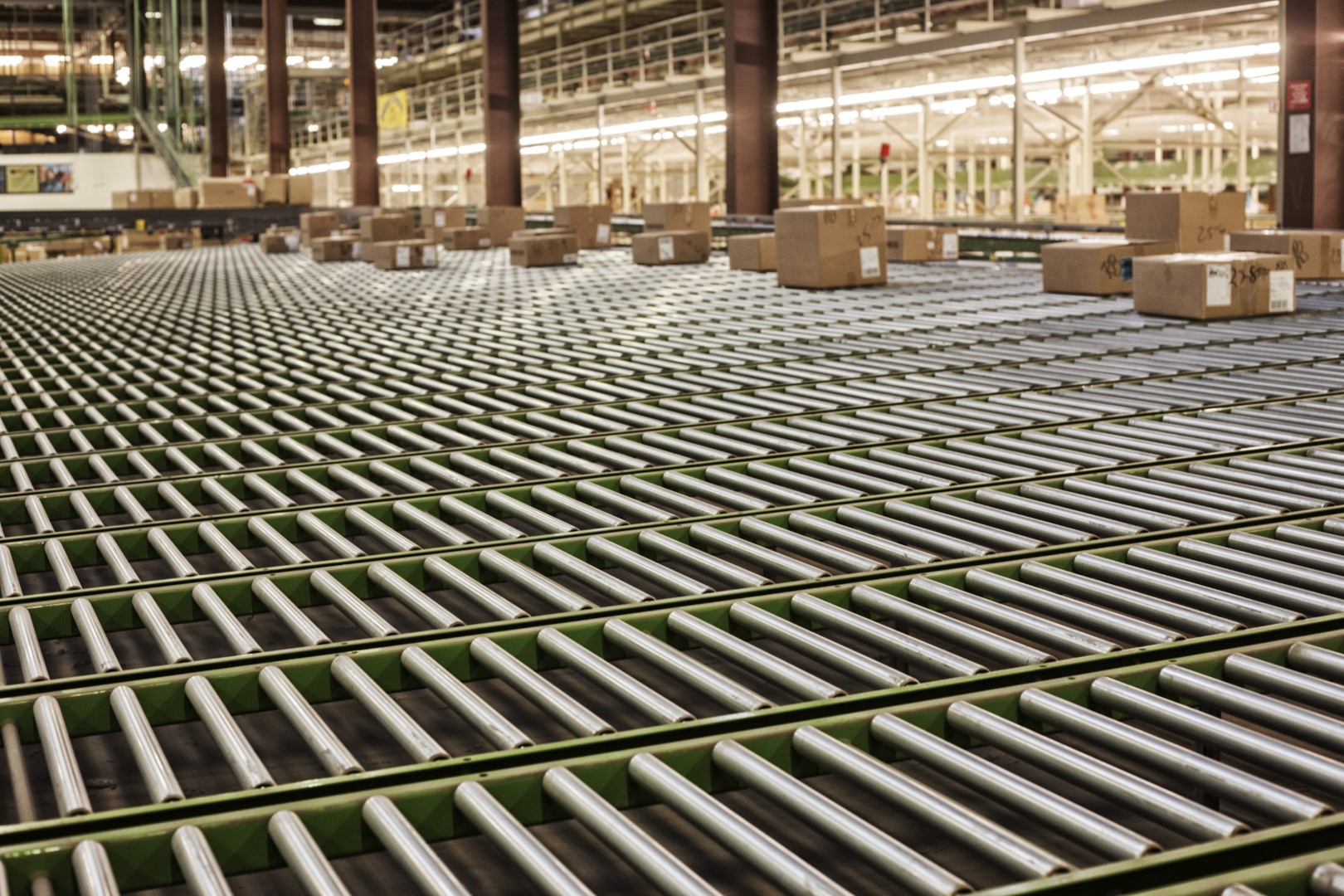
Conveyor Systems:
Belt conveyors, roller conveyors, chain conveyors for efficient material flow.
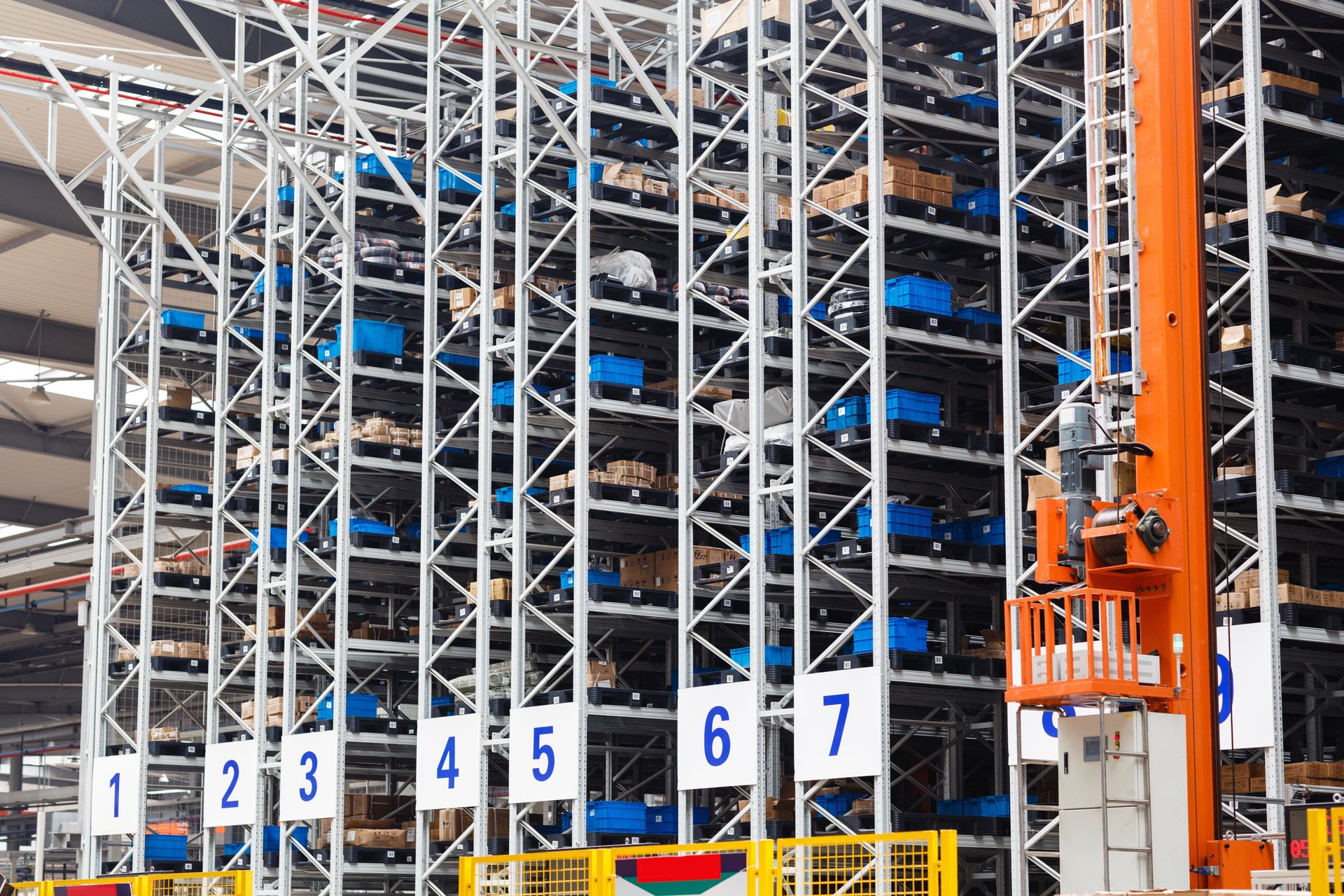
Automated Storage and Retrieval Systems (AS/RS):
For high-density storage and automated retrieval of goods.
Warehouse Infrastructure and Equipment:

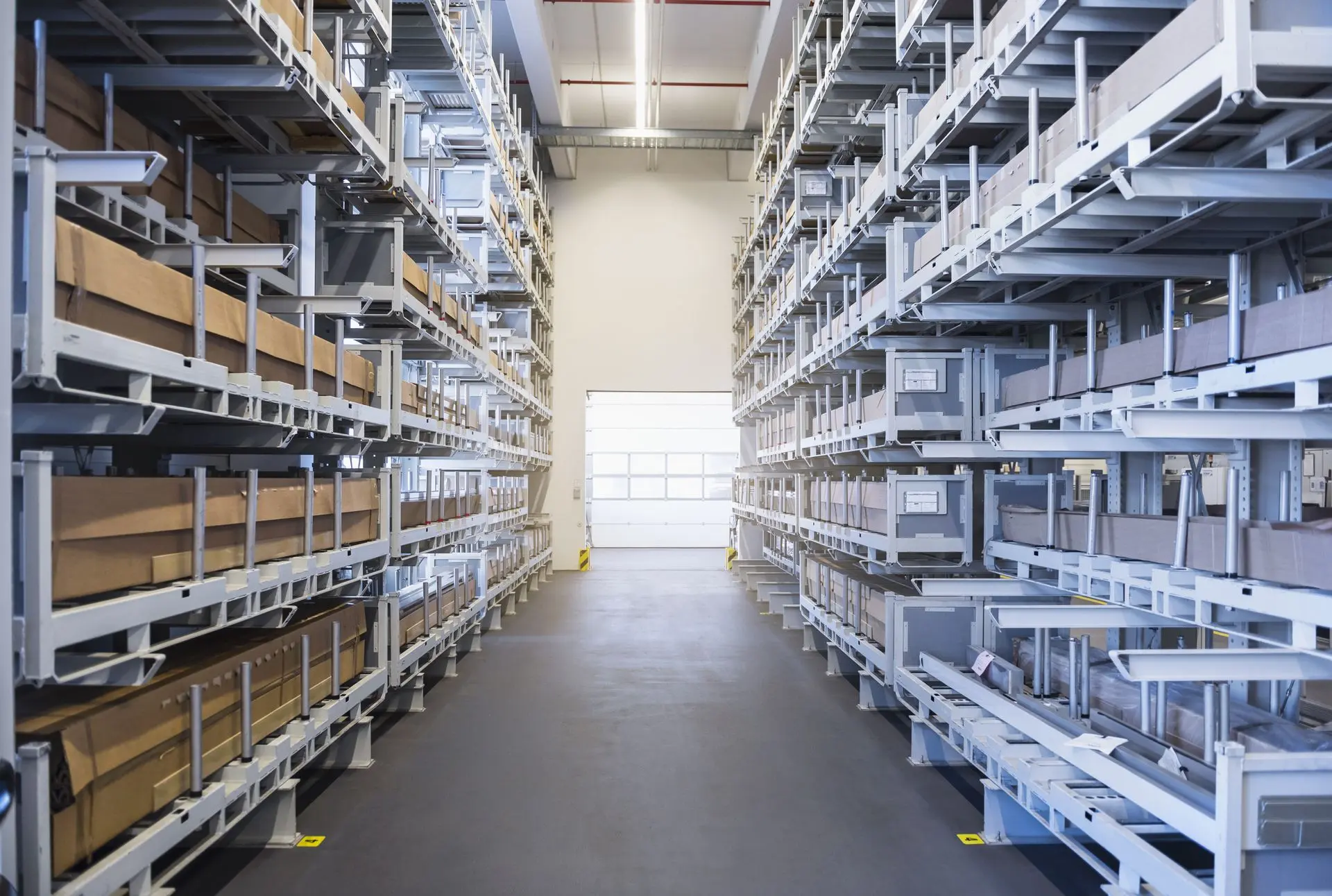
Shelving and Racking Systems:
Pallet racking, shelving units, mezzanine floors.
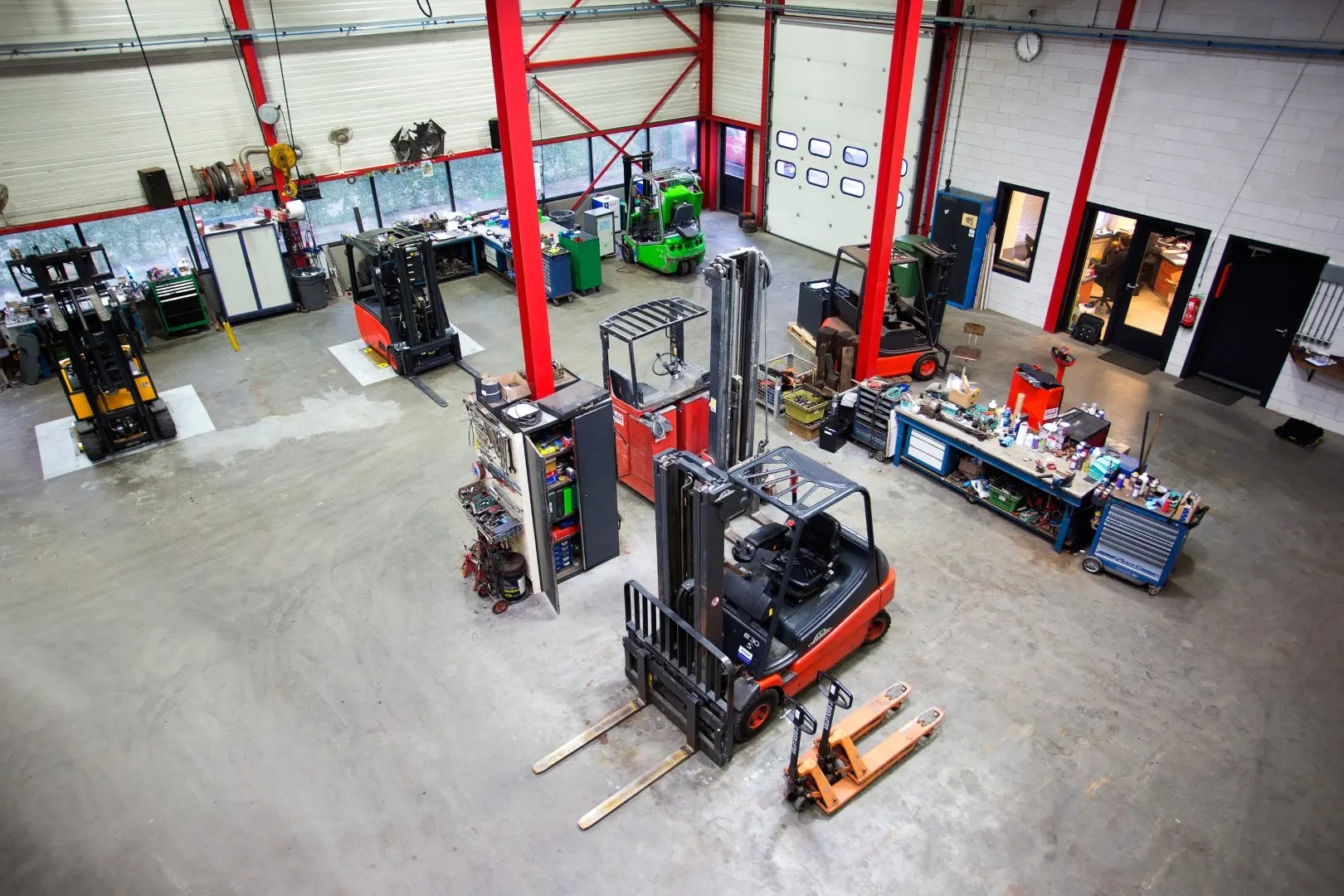
Forklift Trucks and Pallet Trucks:
Electric, diesel, and LPG-powered options.

Dock Levellers and Dock Shelters:
For safe and efficient loading and unloading.

Heating and Ventilation:
Industrial heaters and fans for maintaining a comfortable and safe working environment.

Industrial Doors:
Sectional doors, roller shutter doors, high-speed doors.

Warehouse Management Systems (WMS):
Software for inventory management, order fulfillment, and warehouse optimization (while you don't directly supply this, it's a key area for your customers).

Lighting:
Energy-efficient LED lighting solutions for warehouses.

Floor Marking and Signage:
For safety and efficient traffic flow.
When asked why MRO is important within the Warehousing & Distribution Sector, here’s what three respondents who rated MRO extremely/very important had to say:
MRO downtime hurts product delivery.
Without proper MRO, our downtime is too high.
It makes us successful with our customers.
And, from one respondent who did not think MRO was especially important: Upper management fails to see the benefits of an MRO program.

What is MRO purchasing?
What is MRO in purchasing? This sector of the business covers “indirect spend,” or costs that are not directly incorporated into product output. On an individual basis, these costs may seem cursory and relatively insignificant, but taken at the aggregate, and at scale, it is clear that MRO purchasing is often a major component of overall cost and should be examined and optimized as such.
When viewed as an overall cost of doing business, purchasing MRO — including MRO in supply chain — will often reveal areas that can intuitively be proposed for review and improvement. An overall MRO strategy can assist in cost management, price negotiation and a more favorable supplier relationship schema.
The application of MRO to this area of the operation will often require major process changes, including performance monitoring, continuous improvement, process automation and other enhancements. New equipment may also be required, such as industrial sensors and connectivity equipment — all of which are becoming steadily more cost-effective. While it may be challenging to implement these changes, the overall cost benefits will almost always prove worth the investment..

What is MRO inventory?
MRO inventory costs involve every expenditure on components, parts and equipment used in the organization’s maintenance, repair and operations processes — spares, tools, safety equipment and more, just to name a few. MRO parts management covers every component that is not part of the end product itself.
The primary challenge of an MRO storeroom inventory strategy is that management and controls are not centralized, leading to redundant purchases, inconsistent tracking and a missed opportunity to purchase at scale. Given the commodity nature of many MRO inventory components, the benefits of an organized, scalable strategy can make an immediate and significant impact on costs. Moreover, the quality and reliability of these parts are important to the ongoing efficiency of the facility.
A successful MRO inventory strategy with Howcroft Group audits the existing scenario and needs across departments, identifies the current inventory status and establishes an ongoing, trackable, scalable inventory management process across the business.
Benefits of MRO supply with the Howcroft Group.
As evidenced by the above descriptions, a dedicated MRO strategy can yield major benefits in spend, process efficiency, resource usage, equipment uptime and other areas. Some of the key MRO benefits include:
Inventory streamlining and optimization: As referenced above, the lack of an MRO strategy — or even a decentralized, siloed MRO strategy — can inadvertently lead to vastly inflated costs for commodity parts that can be obtained at a much lower cost at scale. MRO inherently introduces these efficiencies of scale by examining the overall needs of the organization across departments and business units, creating benefits as soon as this component of the strategy is implemented.
Lower spending: A fully-formed, mature MRO strategy incorporates inventory management as well as condition and performance management, delivering real-time insights through industrial sensors and connected technology to ensure that maintenance and replacement occurs when needed — no earlier and no later. A true modern MRO strategy addresses the inefficiencies of a purely preventive maintenance strategy as much as it does those of a reactive maintenance strategy.
More focused resource usage: By introducing processes and organization into inventory tasks, MRO can help reduce time spent on low-value tasks such as locating parts and researching maintenance processes, and increase time spent on targeted, high-value maintenance, monitoring and analysis. While the change does not occur overnight, the potential benefits are well worth the time spent.
With this overview of MRO, you are ready to begin examining your own processes, policies and procedures. The most significant benefits of an MRO strategy will be realized by tailoring the tips here to your specific operations and applications. By introducing the technology, processes and best practices at your disposal, you are poised to reap the cost and efficiency benefits.
Contact us today to learn how we can help you optimize MRO asset management in your plant.


Ready to optimise your Industrial Manufacturing MRO provision?
Contact us today to discuss your requirements and how the Howcroft Group can provide cost and time saving solutions.
























